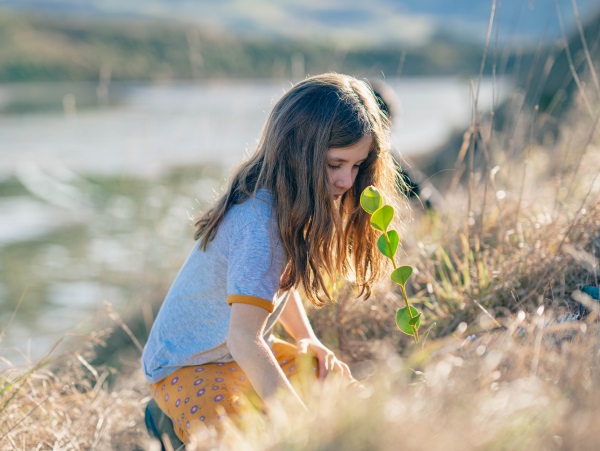
In what’s being called one of the largest restoration projects in New Zealand, 350,000 native trees will be planted across the front face of Queenstown’s Coronet Peak over the next five years.
Led by national conservation charity Trees That Count, in partnership with Soho Property landowners and iwi-led environmental charity Te Tapu o Tāne, the project will get under way this spring with the planting of the first 12,500 trees.
Trees That Count marketing and partnerships head Melanie Seyfort says the project marks a ‘‘collective ambition’’ between the parties to restore Coronet Peak to its pre-European state.
While Queenstown’s biodiversity is on the up thanks to the dedicated work of local conservation groups, the district remains mostly devoid of the native canopy cover that once graced its hills, Seyfort says.
‘‘A lot of people think that’s how Queenstown was but … there’s lots of research and evidence that show those mountains were once cloaked in totara, beech and kōwhai.’’
About 450 hectares of Coronet Peak’s front face is able to be reforested, meaning planting across the mountain could eventually be in excess of a million native trees.
‘‘So it’s massive, it’s highly ambitious, but we don’t think it’s unachievable.’’
Together with improving bird life, soil quality and water quality, the restoration of the mana of Coronet Peak will be of ‘‘significant te ao Māori cultural value’’ to Ngāi Tahu, she says.
‘‘The other key thing at Coronet Peak is the recreational benefits — there’s lots of mountain biking trails in existence, and more planned, and certainly from a Māori perspective, there’s a view of ensuring that recreation and conservation are going shoulder to shoulder now.
‘‘It’s not so much of let’s just keep building trails, it’s also about giving back to the land before we keep doing more,’’ she says.
In conjunction with the planting of 140,000 natives by Treespace on neighbouring Mount Dewar, and Mana Tāhuna’s riparian planting around Lake Hayes, the project on Coronet will unlock the opportunity to create an ecological corridor through the Whakatipu Basin.
‘‘It’d essentially run from Arthurs Point through to Lake Hayes, which we know will help to significantly improve water quality into the lake.
‘‘It would also massively beautify what is already an incredible landscape.’’
All of the trees for the project will be sourced from Te Tapu o Tāne’s new Invercargill nursery, where all the seeds are eco-sourced.
And of the 12,500 trees to be planted this season, 10,000 have been funded by the Department of Conservation as part of the Queen’s Platinum Jubilee national planting project.
‘‘Prior to the Queen’s passing, her wish was that celebrations of this jubilee would be marked with indigenous planting within different Commonwealth countries,’’ Seyfort says.
‘‘We now continue that project as a legacy to honour her years in service.’’
Te Tapu o Tāne will also be providing nursery supplies and contract labour to help get the trees in the ground, while the Whakatipu Reforestation Trust will provide support by pulling together volunteers, and NZSki will help with access logistics.
‘‘There’s certainly impetus within the community — we’ve met with lots of business owners and other conservation groups that we will be working with, as well as lots of operators from tourism and then central government,’’ Seyfort says.
‘‘So we know that there’s a willingness, and an excitement to be able to see increased native forest.’’
While she acknowledges there are many large-scale native planting projects being undertaken around the country, Seyfort believes this one is unprecedented in both its scale and iconic location.
‘‘A lot of the bigger projects that we have supported will be tucked away in the backblocks or sort of remote parts of the East Coast.
‘‘This would be, in our view, one of the most highly visible restoration projects known in NZ.’’
Volunteers can register to attend the first planting event on October 15 at treesthatcount.co.nz/qpj



